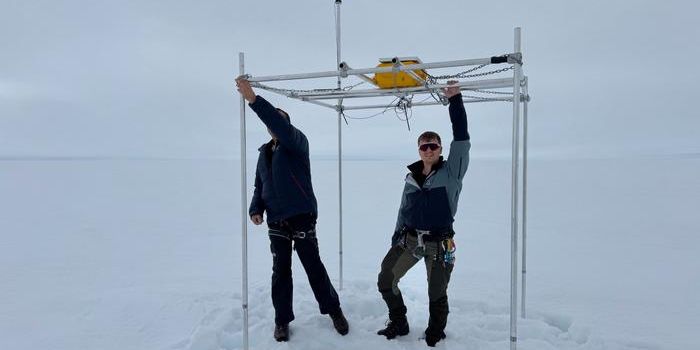More user-friendly prosthetics on the horizon
The development of functional prosthetic devices has long been a significant area of research, driven by the desire to restore functionality and independence to individuals who have lost limbs. A recent study published in Science Robotics has showcased remarkable advancements in myokinetic prosthetic technology, illustrating the potential to revolutionize the lives of amputees.
In this study, participants were tasked with executing movements that would primarily activate specific muscles, such as the extensor digitorum (ED), flexor carpi ulnaris (FCU), and flexor pollicis longus (FPL). By dividing muscle contractions into intervals of 3 seconds followed by relaxation periods of 8 seconds, the researchers aimed to avoid muscle fatigue and ensure accurate data collection. The protocol included a variety of movements, such as wrist pronation and supination, which were vital for determining the optimal control signals for the prosthetic device.
The researchers identified the contraction shifts between the FPL and FCU as optimal signals for controlling the robotic hand's opening and closing functions. A four-state machine was implemented to manage the hand's responses, allowing for seamless transitions between different states of operation. This innovative control mechanism relied on threshold values, which were fine-tuned using the same GUI that facilitated data acquisition.
The direct controller's effectiveness was quantitatively assessed through functional tests and qualitatively evaluated via activities of daily living (ADLs). Participants reported their physical and mental workload while using the prosthesis, providing insight into the user experience and usability of the device. The combination of qualitative and quantitative assessments demonstrated the potential for this advanced prosthesis to enhance the quality of life for individuals with hand loss.
The study utilized a support vector machine (SVM) classifier to recognize patterns in muscle coactivity, enabling the prosthesis to translate the user's intentions into specific hand movements. This real-time pattern recognition capability marked a significant advancement in prosthetic technology, allowing users to perform complex tasks with greater ease and accuracy. The researchers also conducted extensive testing across various arm positions and movements, validating the robustness and adaptability of the control system.
This study represents a significant milestone in the field of prosthetic development, bridging the gap between theoretical research and practical application. The successful implementation of myokinetic control systems and real-time pattern recognition paves the way for more advanced, user-friendly prostheses in the future.
Sources: Science Robotics, EurekAlert








